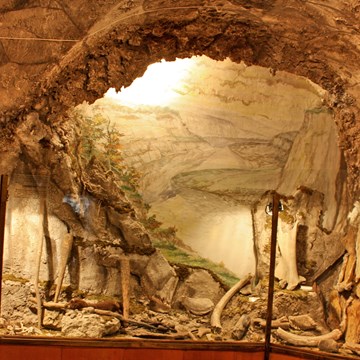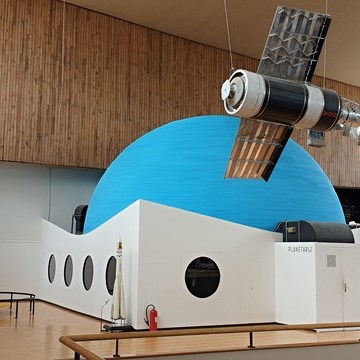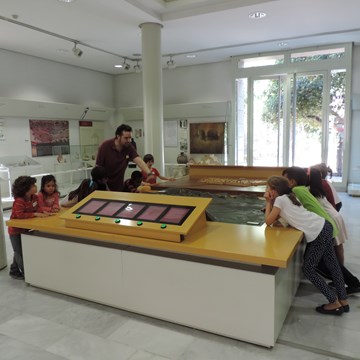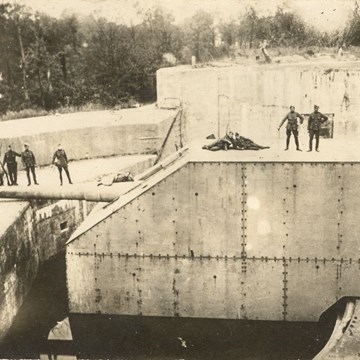Museu do Côa
The valley of the Côa river is a unique place in the world, displaying open-air artistic manifestations from different moments of prehistoric, protohistoric and historic times, namely the greatest assembly of paleolithic open-air engravings known to present times.
This extraordinary collection of rock art is distributed along two main axes: the river Côa, within a distance of 30 kilometers, and also the river Douro, within 15 kilometers, along both sides of the mouth of the Côa. More than a thousand rocks with rock art manifestations are presently known, in more than 70 different sites, with a predominance of Upper Paleolithic engravings, followed by motifs belonging to the Iron Age, Historic times and Late Pre-history, respectively.
In consequence of the recognition of the cultural and scientific interest of this group of findings, it was created, in August 10, 1996, the Côa Valley Archaeological Park.
The classification of the rock art sites as World Heritage by UNESCO in December 2, 1998, was the culmination of a process that would indelibly distinguish, in Portugal, the status of Rock Art, Archaeology and Cultural Heritage.
During the Architecture International Year, the Portuguese Ministry of Culture and the Association of Architects sponsored a tendering procedure with the aim of selecting a project for the construction of the Côa Valley Art and Archaeology Museum. First prize was given to the team coordinated by the architects Pedro Tiago Pimentel and Camilo Rebelo, from Porto.
The building and exhibition projects were developed from the original winning proposal. “The evolution of the museum body – whilst metamorphic prosthetic – aims to embed the building into the landscape. Therefore, it is a strong and affirmative gesture but also a subtle intervention, adapted to the topography and in dialogue with the surrounding landscape.” The building is four stories high (roof/Floor 2, Floor 1, Floor 0 and Floor -1) organized in a particular system of vertical and horizontal connections. The roof possesses a parking space and offers a scenic view of the landscape. Two elevators and a staircase directly connect the roof to the museum’s lobby. Floor 0, where the permanent and temporary exhibitions are located, is structured by a ramp/corridor that crosses the entire body of the building. “At the end of the ramp’s first section, stands a connection hub that distributes visitors towards different parts of the Museum.”
Exhibitions and events
We don't have anything to show you here.
Educational programs
We don't have anything to show you here.
Collections
We don't have anything to show you here.













